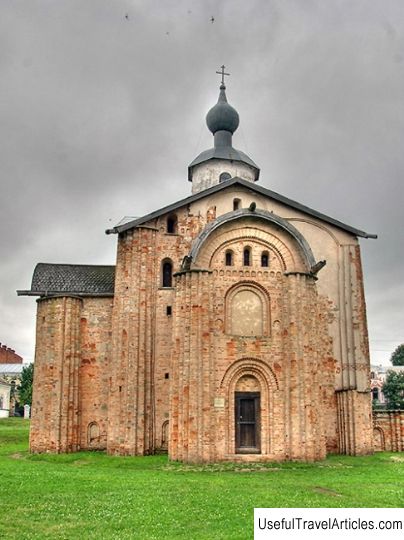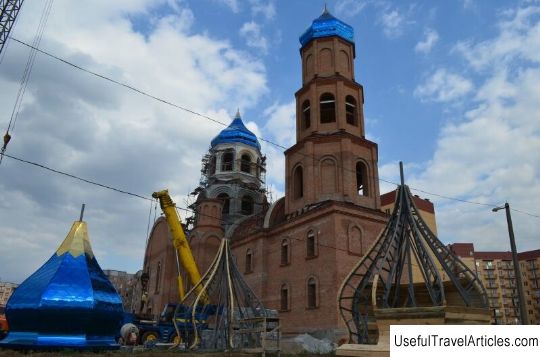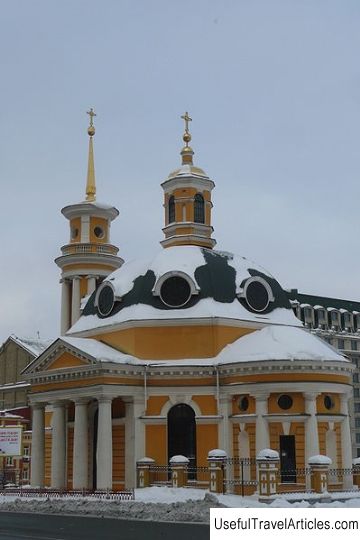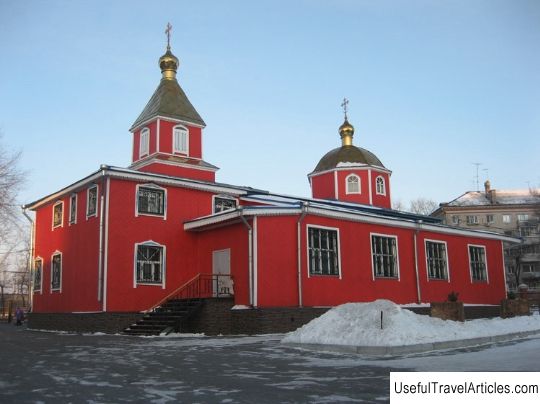Church of the Nativity of Christ on Red Field description and photo - Russia - North-West: Veliky Novgorod
Rating: 7,5/10 (100 votes) 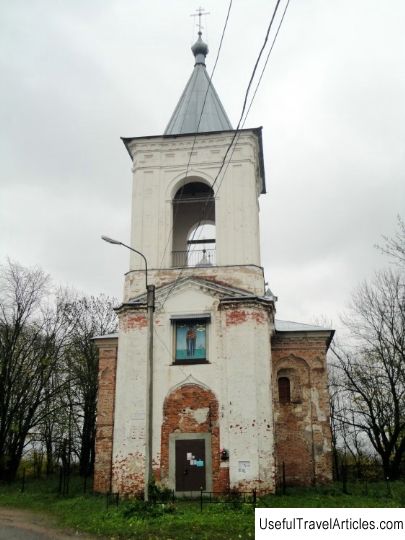
Church of the Nativity of Christ on Red Field description and photos - Russia - Northwest: Veliky Novgorod. Detailed information about the attraction. Description, photos and a map showing the nearest significant objects. Photo and descriptionThe Church of the Nativity of Christ is located on the Red Field. Its second name is the Church of the Nativity in the cemetery. The temple was built during the years 1381-1382 under Archbishop Alexei. After the church was erected, it was painted with frescoes. The temple is completely devoid of any decorative treatment of the facades, which brings it closer to older and more strict forms. The earliest mentions of the Church of the Nativity of Christ date back to 1226. According to the chronicles, the temple was originally wooden, and its suburban area was used exclusively for the construction of poor women, which were graves for the burial of dead people who died as a result of hunger years or during the spread of epidemics. Very often, the construction of the temple is associated with the name of Dmitry Donskoy, who in a similar way decided to honor all Novgorodians in gratitude for participating in the Kulikovo battle with the Tatar-Mongols in 1380. It is believed that all the soldiers who died in this battle were buried at the place where the construction of the Church of the Nativity of Christ began in 1381. Now the temple is practically invisible because of the trees located in the cemetery, as well as roadside alleys. But it should be noted that the temple has been preserved in good condition. In 1764, the Nativity Church was abolished, the Church of the Nativity became a parish church, and soon a cemetery. According to the technique of execution, the church is extremely rude. The shape and proportions of the temple are squat, the plan is not executed correctly, the walls are extremely thick, many lines are crooked, and the corners are beveled. Following the example of the Church of the Assumption, located on the Volotovo field, the western pillars of the temple are rounded. On the facade from the west, the portal is perfectly preserved, made with a pointed end. The master architect decided to rely on the traditional forms of the four-pillar temple, decorated with the three-bladed end of the facades, and completely abandoned the patterned decor so characteristic of most churches. The facade of the church building is divided by blades, which are pulled together by a multi-blade arch, the edges and forms of which express important elements of the interior decoration of the church. The temple gives the impression that it seems to have grown into the ground, although its level lies on the modern horizon. In 1912, frescoes were found in the upper parts of the building, but only in 1980 were they cleared away. It was found that only the upper part of the temple building was to be painted. The system of painting did not differ from the traditional one (sails, drum, dome), and its basis was made up of images of figures of the Old Testament, the Gospel cycle, paintings of saints, monks and soldiers. The frescoes are distinguished by skillful linear forms and sophistication of the choice of color scheme. The entire become of the spirit is imprinted on the faces of the saints and performed in a calm and gentle manner of benevolence. As for the artistic features of the frescoes, they suggest that their masters were well acquainted with the elements of Serbian painting of the 14th century. All these images are realistic, calm, one might say - portrait, and the artist's talent is especially refined and refined. The Church of the Nativity of Christ on Red Field is a characteristic Novgorod monastery church of that time, which embodied in himself the modest guise of the ideal of detachment from the entire external world, which the Orthodox monasticism of that time literally "breathed". The church has a well-preserved mural, which serves as an irrefutable evidence of the whole variety of creative searches uncharacteristic for Novgorod painting of the second half of the 14th - early 15th centuries. The Christmas fresco ensemble was created at a time when the rivalry between Moscow and Novgorod gained strength again. Although the very fact of its creation speaks of the existence of those tendencies in the art of Novgorod, which are easily smoothed over some of the differences between the two greatest artistic centers.       We also recommend reading Granite terrace description and photos - Russia - St. Petersburg: Pushkin (Tsarskoe Selo) Topic: Church of the Nativity of Christ on Red Field description and photo - Russia - North-West: Veliky Novgorod. |
